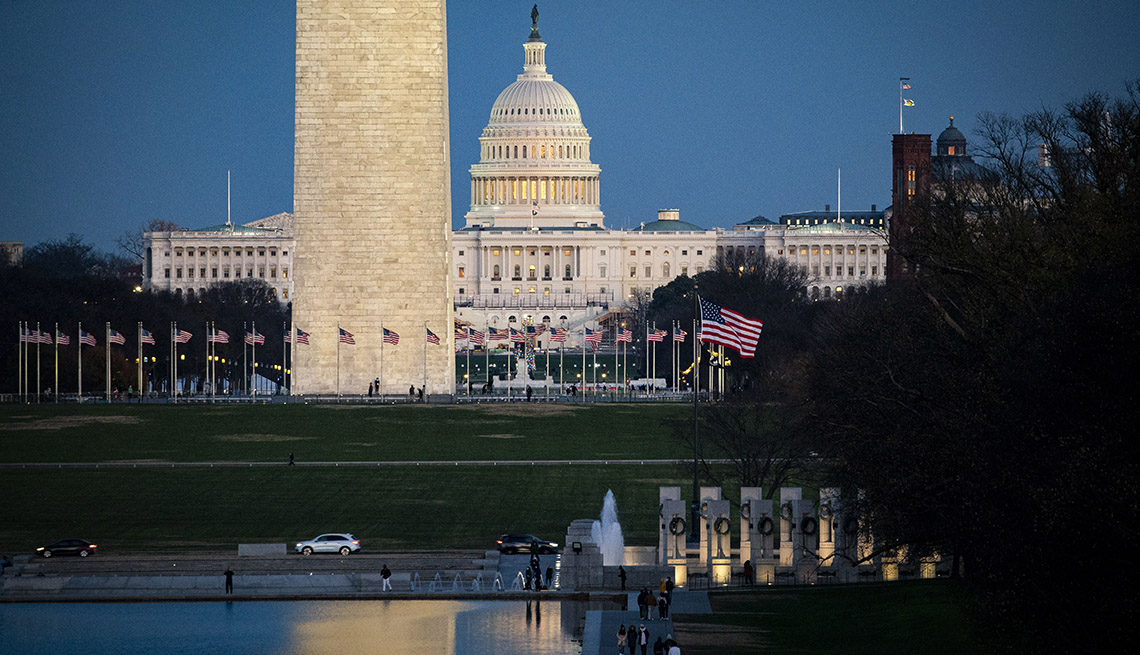En español | The Coronavirus Aid, Relief and Economic Security (CARES) Act gave a number of protections to consumers whose health or livelihood has been impaired because of the COVID-19 pandemic. Many of those provisions have expired, and other relief measures, such as the eviction protection for renters ordered by the Centers for Disease Control and Prevention (CDC), will expire soon.
The expiration of benefits for renters, homeowners and the unemployed could have an enormous impact on their lives and the economy as a whole. According to the U.S. Census Bureau, even with pandemic relief, nearly 83 million adults found it difficult to cover normal expenses such as food, rent or mortgage payments in November. Children and minorities have been particularly hit hard, according to the Center on Budget and Policy Priorities (CBPP), a nonprofit think tank. Expiration of pandemic relief provisions would worsen an already difficult situation, the CBPP says.
The American Recovery Act, passed in March, gave another round of stimulus payments for eligible taxpayers: $1,400 for individuals, $2,800 for married couples and $1,400 for all dependents claimed on their tax return, not just children under 17. It increased the Child Tax Credit to a maximum $3,600 for eligible children under age 6, and $3,000 for children under age 18.
Nevertheless, many other COVID-19 relief actions have expired, and some have been extended, but will expire soon. Here are the current COVID-19 relief measures and when they expire.
Penalty-free withdrawals from retirement accounts
End date: Dec. 30, 2020
Savers who have been impacted by the coronavirus pandemic, either by medical costs or lost wages, could withdraw up to $100,000 per person from their tax-deferred retirement savings, such as 401(k) plans and individual retirement accounts (IRAs) in 2020. If you're older than 59 1/2, you can already do this, but those who are younger than 59 1/2 won't be charged the 10 percent early withdrawal penalty in 2020. This provision has expired, and any withdrawals made in 2021 will be subject to taxes and penalties, if applicable.
Student loans
End date: Jan. 31, 2022
In March, interest rates on student loans administered by the federal government were set to zero and borrowers were granted forbearance on payments until Dec. 31, 2020. (Forbearance means that there is no penalty for not paying during a set period, but borrowers still owe the full amount of the loan.) On Aug. 6, the Department of Education pushed that deadline to Jan. 31, 2022.
The zero percent loan rate applies to federal student loans owned by the Department of Education. Some student loans are owned by commercial borrowers or the schools themselves, and those loans are not covered by this administrative forbearance. You can find a list of student loan servicers for loans owned by the Department of Education online. The servicer is the company you send your monthly payment to. If you do not know the name of your servicer or how to reach it, contact the Department of Education through StudentAid.gov, or call 800-433-3243.
Unemployment benefits
End date: Sept. 6, 2021
The CARES Act extended unemployment benefits to private contractors and others who normally might not be eligible for state unemployment compensation. The Pandemic Unemployment Assistance (PUA) program provided for up to 39 weeks of benefits, starting with weeks of unemployment beginning on or after Jan. 27 of 2020.
The CARES Act also provided 13 additional weeks of unemployment benefits for those covered by state unemployment assistance, known as the Pandemic Emergency Unemployment Compensation (PEUC) program. After those 13 weeks, workers could apply for PUA benefits.
Both pandemic programs will end the week of Sept. 6, 2021. Twenty-five states have ended these benefits early, citing a need to get more workers back into the workforce.
Federal eviction moratorium
End date: July 31, 2021
The CDC ordered a moratorium on evictions from rental properties until Dec. 31, 2020, and extended it to July 31. The order covers those who are unable to pay rent because of coronavirus-related problems. Tenants can still be evicted for other violations of their rental agreement, such as damage to the property. And the accumulated amount of rent a tenant owes will become due in full once the eviction moratorium is lifted.
Mortgage foreclosure moratorium
End date: July 31, 2021
The CARES Act forbids lenders or loan servicers from foreclosing on federally backed mortgages until after Dec. 31, 2000, but this was expanded to July 31, 2021. This includes most mortgages, including FHA, VA, USDA, Fannie Mae and Freddie Mac mortgage loans. You can check online to see if one of the mortgage giants owns your mortgage:
These lenders must extend forbearance on the loans, so you'll still owe missed payments but you don't have to repay them in a lump sum. Talk to your lender or loan servicer about a payment plan for missed payments.
You still have time to ask for a 180-day forbearance from your mortgage, and lenders do not have to demand proof of hardship. Unless Congress acts, however, the window for requesting forbearance ends on July 31.


